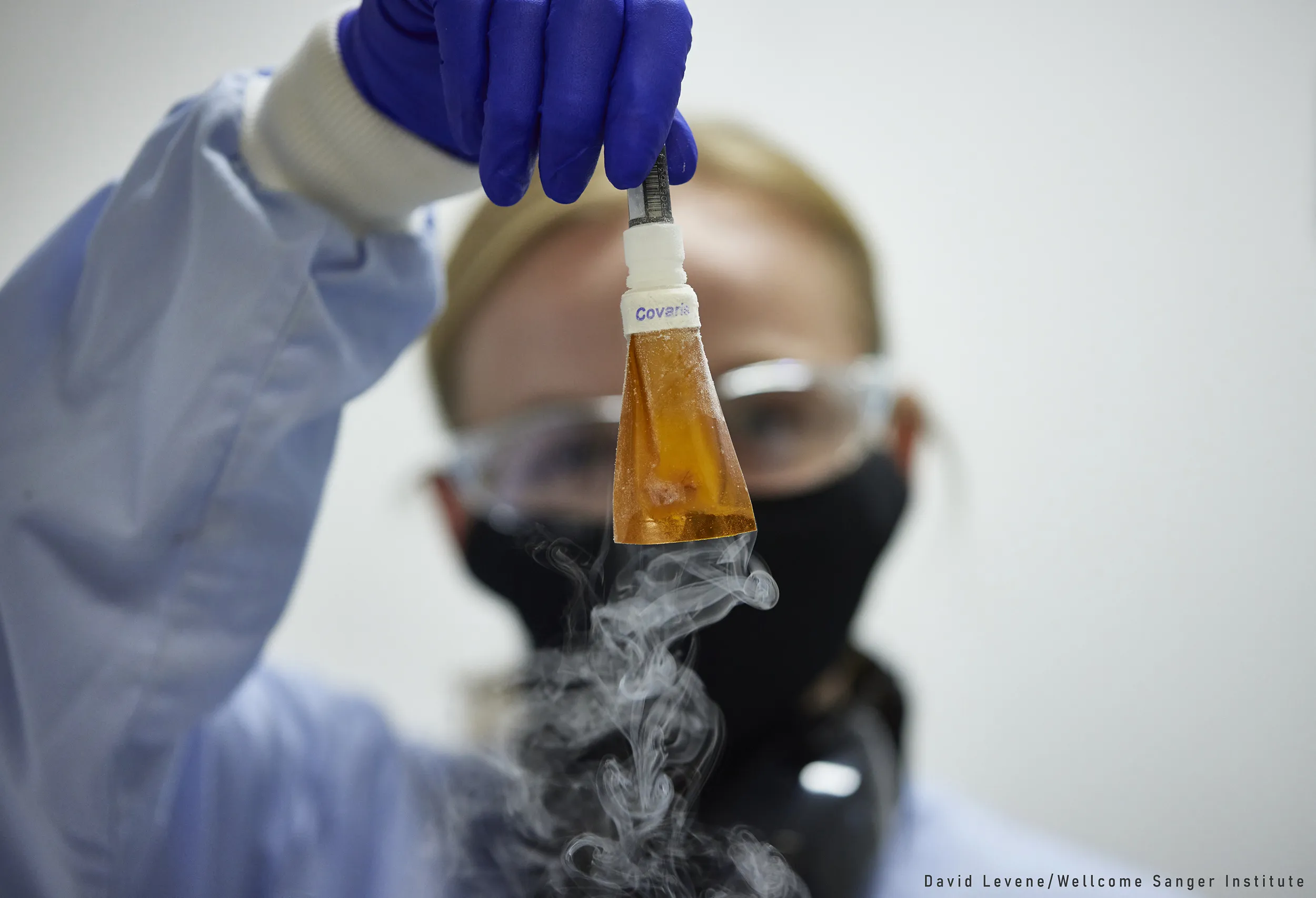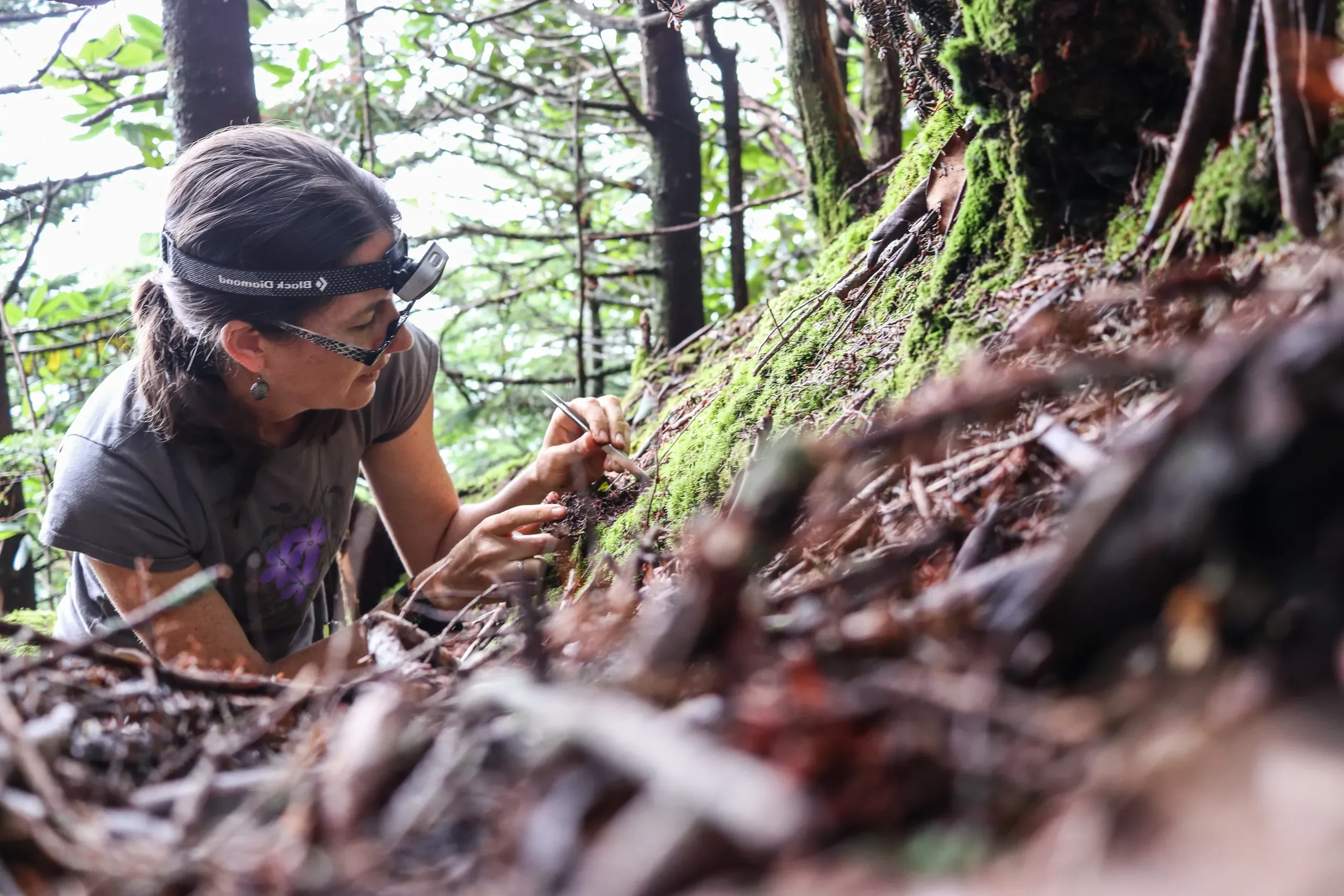Programmes and interventions to address biodiversity loss are fundamentally based on knowledge about species: which species exist, where they occur, how they interact, and the diversity within them. The volume of genomic data that BGE is producing about all these aspects of biodiversity supports long-term scientific impacts on biodiversity discovery, identification, dynamics and monitoring.
Major measurable results of the project include:
Biodiversity discovery
Our DNA-barcoding teams are collecting and curating thousands of reference-library and “dark taxa” specimens and metabarcoding samples, which will lead to the discovery of new species by detecting lineages divergent from known taxa. The data, collected from across Europe, increases the density of species records, and therefore knowledge of their distributions.
Hundreds of new annotated reference genomes will provide the foundation for assessing genomic diversity within and among taxonomic groups in unprecedented detail, including the underpinnings of functional variation and capacity for adaptation.
Biological identification (DNA barcoding)
By establishing robust barcode reference libraries for ecologically important species guilds (e.g., pollinators) and communities (e.g., indicator species in freshwater and marine systems), BGE is making a substantial contribution to enabling the species identifications required to assess ecosystem health in key European terrestrial, freshwater and marine habitats.
“Barcode-sampling work package leader Torbjørn Ekrem (NTNU, Norway) explains…”
BGE is also tackling current constraints in DNA barcoding around providing reliable identification and biomonitoring for many plants, which ultimately hinder our knowledge of terrestrial ecosystems. The project addresses these limitations by integrating multi-locus methods (methods that focus on more than one area of the genome) into our standardised barcode workflow. This is expected to enhance capacity to distinguish species within plants and other groups of organisms where standard DNA-barcoding methods fail.
Biodiversity dynamics (genome sequencing)
Understanding how biodiversity responds to a range of environmental pressures is key to tackling the biodiversity crisis – and this is exactly where reference genomes can help. They enable us to reconstruct species’ evolutionary histories, including demographic dynamics influenced by environmental change. Every new reference genome generated in BGE will contribute to this knowledge, providing a foundation to understand biodiversity dynamics across a variety of key taxonomic groups and keystone species.
BGE’s reference genomes will contribute to developing biodiversity applications to understand species adaptation, decline and the impact of emerging pests and pathogens, down to local levels, informing fundamental conservation and restoration actions.
Biodiversity monitoring
In itself, and by collaborating with other European-level initiatives, BGE is making an important contribution towards the harmonisation and standardisation of biomonitoring in Europe, and the development of cutting-edge monitoring tools that can be replicated across taxonomic groups and ecosystems throughout the continent.
DNA barcoding and genome sequencing: a shared future
BGE brings together members of two, traditionally distinct, research networks to develop solutions that align currently largely disconnected protocols, data management strategies, and applications to biodiversity and conservation. Establishing solid and sustainable connections between DNA barcoding and full-genome sequencing is a first and crucial step to setting the community up for an increasingly integrated future.
Learn more about BGE’s aim to unite DNA barcoding and full-genome sequencing.





